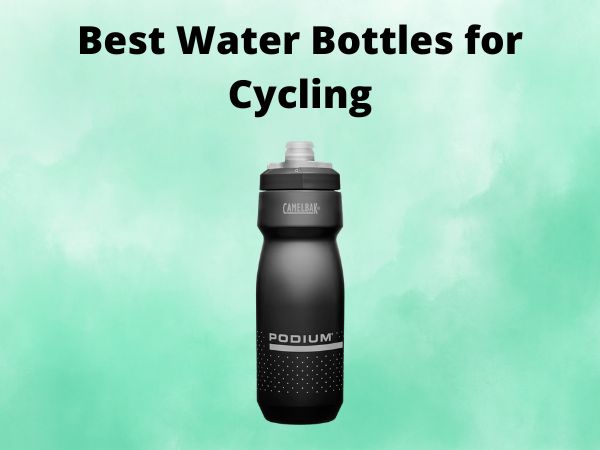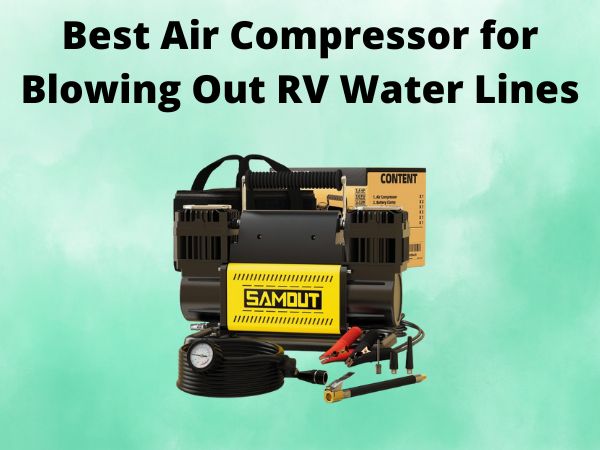How to Connect a Water Softener [to Your Home Plumbing]
Are you tired of dealing with hard water stains on your dishes and showerheads? Want to give your skin and hair a break from the harshness of mineral-heavy water? Installing a water softener could be your solution. But how exactly does one connect a water softener? It’s not as daunting as it may seem. Read on, as we walk you through the process step-by-step.
Table of Contents
Why Install a Water Softener?
Before diving into the how, let’s explore the why. A water softener can save you from the hassle of scaling on your appliances and pipes, potentially saving you money in the long run. It’s like having a personal plumber working round the clock, ensuring everything flows smoothly.
Benefits of Soft Water
Soft water isn’t just about preventing scale. It’s about comfort, efficiency, and longevity of your home systems.
- Reduced energy bills due to efficient heating.
- Longer lifespan of plumbing and appliances.
- Softer skin and hair.
- Better soap lather, which means less soap needed.
Pre-Installation Preparations
Assessing Your Water Hardness
Knowing your water’s hardness is essential. Most hardware stores offer testing kits. It’s all about knowing what you’re up against and choosing the right equipment.
Finding the Perfect Spot
Where should the water softener go? It’s like choosing a real estate location—position matters. Typically, it should be on the main water line coming into your home, before it branches into other fixtures.
Gather Your Tools and Materials
You wouldn’t build a house without a hammer and nails, right? Here’s what you need to connect a water softener:
- Pipe cutter
- Wrenches
- Teflon tape
- Flexible hoses or piping
- Bypass valve
Step-by-Step Guide to Installation
Shutting Off the Water Supply
First things first. Turn off the water supply. It’s like putting your car in park before changing the oil. This will prevent any unwanted flooding during installation.
Draining the Plumbing System
Open all the faucets to drain the system completely before cutting into the pipes. It’s always best to start with an empty slate.
Connecting the Bypass Valve
The bypass valve is an essential part of the setup. Think of it as the main intersection of your plumbing—everything flows through here. Connect it to your water softener, ensuring all fittings are secure.
Cutting the Main Water Line
This is where the rubber meets the road. Using a pipe cutter, carefully cut the main water line where you plan to install the softener.
Connecting to the Inlet and Outlet Ports
With your main line cut, attach the inlet port of the water softener to the newly cut line. Follow by connecting the outlet port to the plumbing that runs through the rest of your house.
Sealing with Teflon Tape
Teflon tape is your best friend here. Wrap it around the threads of the fittings to ensure a leak-free connection.
Connecting the Drain Hose
Every water softener needs a place to discard its wastewater. Attach the drain hose to the water softener and ensure it runs to an appropriate drainage outlet.
Setting Up the Overflow Connection
Just like an umbrella on a rainy day, the overflow connection is a safeguard. Attach it to ensure excess water doesn’t flood your system during regeneration.
Turn On the Water Supply
With everything connected, it’s time to turn on the water. Check for leaks and tighten connections as needed.
Testing the System
Run the system and test for softness. This is your ‘aha’ moment. Adjust the settings as per the manufacturer’s instructions to optimize performance.
Maintaining Your Water Softener
Regularly Adding Salt
A water softener needs to be fed with salt to work effectively. Check and refill it every few months. It’s like keeping fuel in the tank of your car.
Monitoring for Issues
Keep an eye out for any signs of malfunction. Catching issues early is key to preventing larger problems in the future.
Conclusion
Installing a water softener might seem complicated, but with the right tools and instructions, it’s a feasible DIY project. Say goodbye to the woes of hard water and embrace the myriad benefits of softened water. With a little effort, you’ll ensure the longevity of your home’s plumbing and appliances, creating a haven of comfort and efficiency.
FAQs
What size water softener do I need?
The size depends on the hardness of your water and your household’s water usage. Generally, a family of four would need a softener for about 30,000 to 40,000 grains.
How often should I add salt to the water softener?
Add salt whenever you see the level drop below half-full in the brine tank. Typically, this means checking once a month.
Can I install a water softener myself?
Yes, with the right tools and instructions, it’s possible to install a water softener yourself, though technical confidence and knowledge of your home plumbing system will help.
Do water softeners require maintenance?
Yes, regular maintenance such as adding salt and cleaning the brine tank is essential to ensure optimal performance and longevity.
Will a water softener increase my water bill?
While a water softener does use water, the increase in your water bill is usually minimal compared to the benefits of having softened water.


